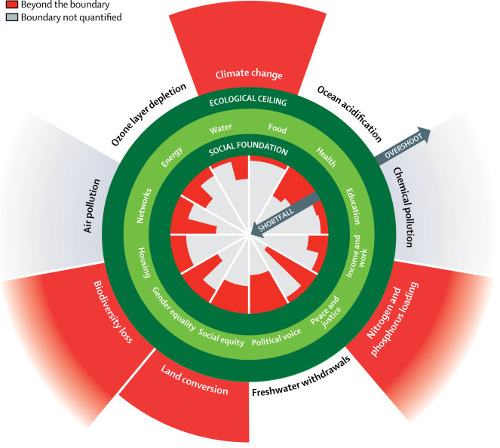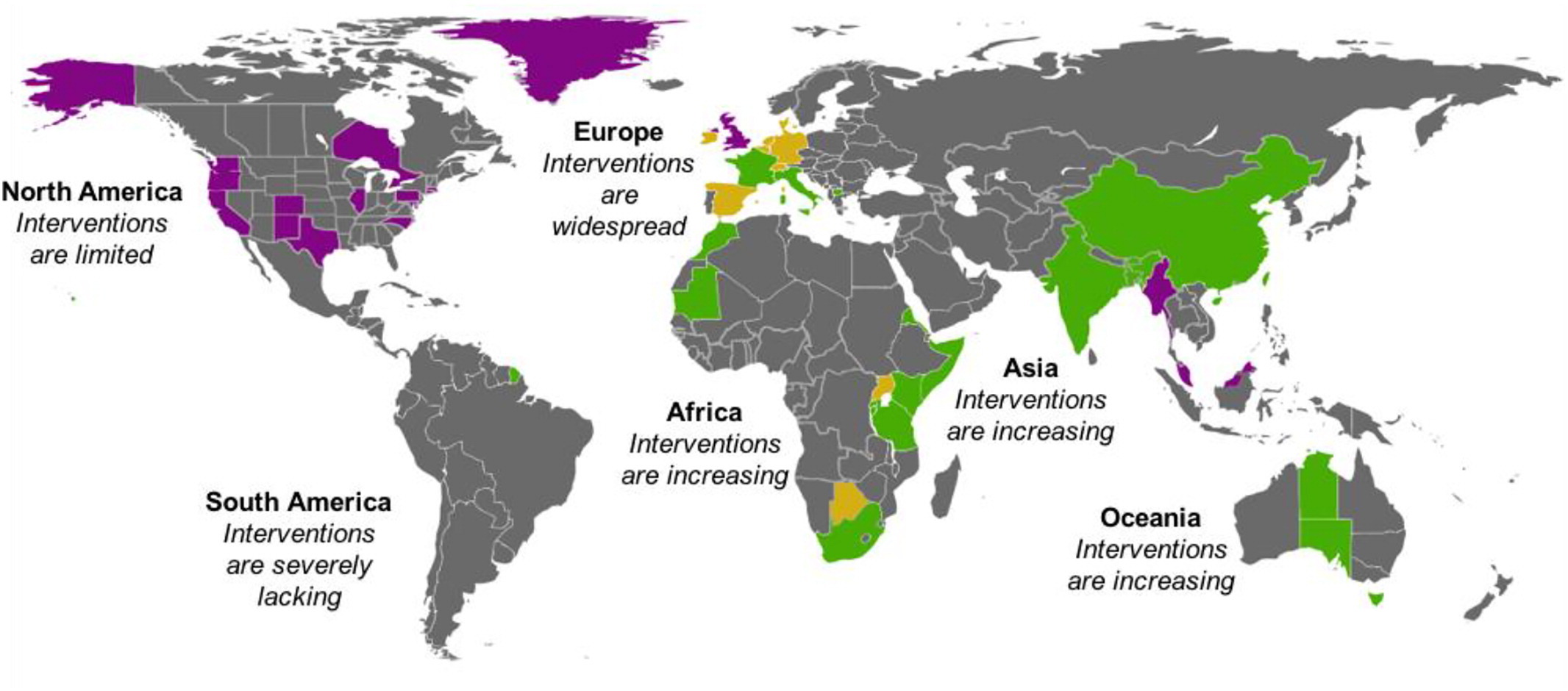Background While our previous work has shown that replacing existing vaccines with thermostable vaccines can relieve bottlenecks in vaccine supply chains and thus increase vaccine availability, the question remains whether this benefit would outweigh the additional cost of thermostable formulations. Methods Using HERMES simulation models of the vaccine supply chains for the Republic of Benin, the state of Bihar (India), and Niger, we simulated replacing different existing vaccines with thermostable formulations and determined the resulting clinical and economic impact.
This paper analyzes the impact of data gap in Millennium Development Goals’ (MDGs) performance indicators on actual performance success of MDGs. Performance success, within the MDG framework, is quantified using six different ways proposed in the existing literature, including both absolute and relative performance and deviation from historical transition paths of MDG indicators. The empirical analysis clearly shows that the data gap in performance measurement is a significant predictor of poor MDG performance in terms of any of the six progress measures.




